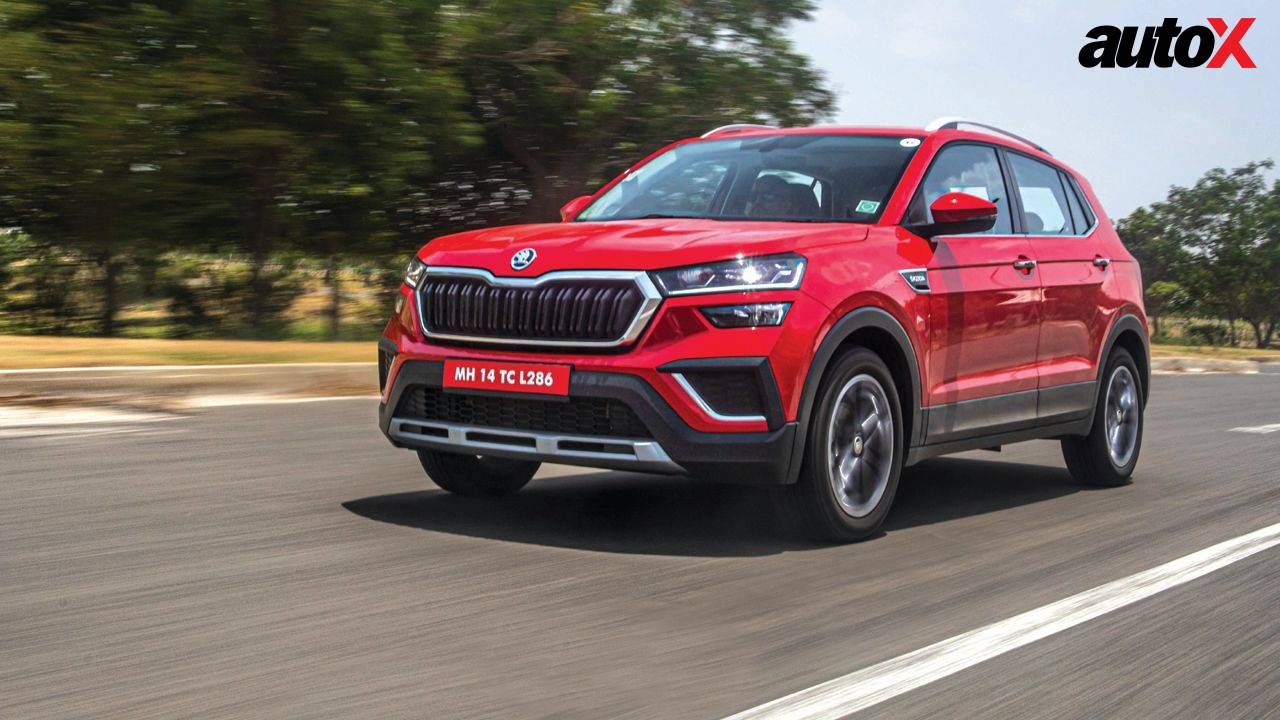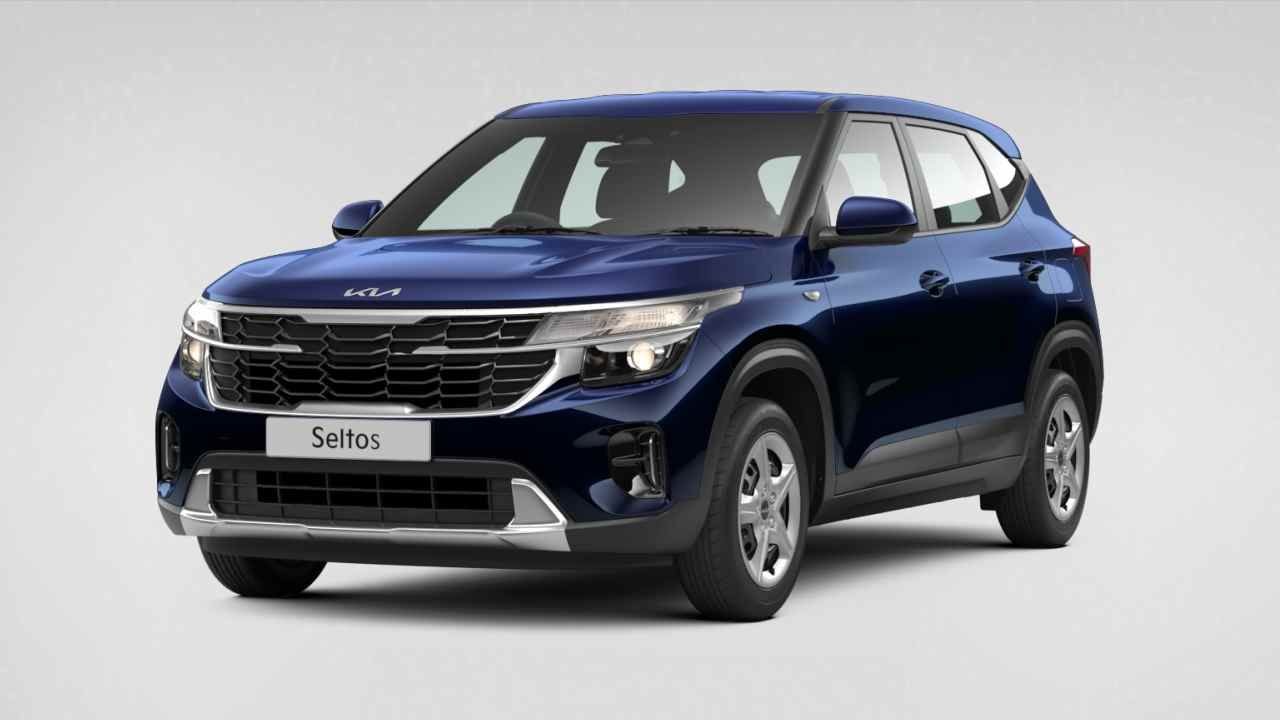
Skoda Kushaq vs. Kia Seltos: Main Differences
In the bandwagon of compact SUVs in India, several car manufacturers are focusing on that segment. It was the Kia Seltos that ignited the segment in 2019. The Kia Seltos hosted and continues to host many offerings to date. Its looks are also in sync with most of the patrons’ tastes and preferences. That said, it is among the bestselling Kia cars in the country and in the segment.
In contrast, the Skoda Kushaq made its debut in 2021 in our country. Before 2021, the Volkswagen Group cars were not achieving impressive sales. So, to retain the Indian market, Skoda-Volkswagen decided to come up with their India 2.0 project that included offerings of the MQB-A0-IN-based vehicles. The vehicles based on that platform available on the market include the Skoda’s Kushaq and Slavia, alongside Volkswagen’s Virtus and Taigun.
So, without wasting time, let’s see how these two vehicles stack up with each other. Let’s read on.
Specifications
For starters, let’s talk about the underpinnings of these two vehicles. As for the Skoda Kushaq, it is based on the MQB-A0-IN-based vehicles that also underpin the Skoda Slavia, as well as the Volkswagen cars, the Taigun and Virtus. For reference, the vehicles based on that platform have achieved a five-star safety rating in both adult- and child-occupant protections.

In contrast, the Kia Seltos is based on the Hyundai-Kia K2 platform that underpins the Carens, and Sonet, as well as, other Hyundai cars, such as the Creta, Alcazar, Venue, Verna, and the i20.
And, as far as the figures are concerned, the Skoda Kushaq is available in turbocharged petrol (TSI) engines only. The 1.0-litre, three-cylinder, turbocharged petrol engine is tuned to churn out 114 bhp at 5000 rpm and 178 Nm of peak torque at 4500 rpm.
Other option includes the 1.5-litre, four-cylinder, turbocharged petrol engine that pumps out 148 bhp at 5000 rpm and 250 Nm of peak torque at 3500 rpm. And, to be more fuel efficient, the 1.5-litre Skoda Kushaq boasts Active Cylinder Technology. This feature cuts down the running of two cylinders automatically so that the vehicle delivers better fuel economy.
Engines
Both engines come with a standard six-speed manual but offer different automatic transmissions. The 1.0-litre has a six-speed torque converter, while the 1.5-litre has a seven-speed DSG (also called DCT) gearbox.
Check out the Kushaq price, especially for the 1.5-litre variants, if you are a performance-oriented buyer.
On the other hand, the 2023 Kia Seltos facelift caters to petrol and diesel buyers. All engines are 1.5 litres.
Under petrol, there is a 1.5-litre G1.5 MPi, four-cylinder, naturally-aspirated engine, which can produce 113 bhp at 6300 rpm and 144 Nm of torque at 4500 rpm. Then there is a 1.5-litre T-GDi, four-cylinder, turbocharged petrol engine that delivers 158 bhp at 5500 rpm and 253 Nm of peak torque at 3500 rpm.
Finally, there is a 1.5-litre CRDi VGT, four-cylinder, turbocharged, diesel unit, which is tuned to churn out 114 bhp at 4000 rpm and 250 Nm of peak torque at 2750 rpm.
The Kia Seltos facelift’s transmission options include a six-speed manual, a six-speed iMT, a six-speed torque converter, a seven-speed DCT, and a CVT. You can, however, check out the variant-wise Seltos price list here.
As for fuel efficiency, the Skoda Kushaq’s mileage ranges between 18.09 km/l and 19.76 km/l. On the other hand, the Kia Seltos’ mileage ranges between 17 km/l and 20.7 km/l. All are ARAI-certified mileage figures. In addition, it is worth noting that the real-world mileage figures can vary with the engine and transmission combination, local traffic conditions and individuals’ driving styles.
Suspension, Brakes and Tyres
The Kia Seltos and the Skoda Kushaq are manufactured in India itself. Plus, they are engineered by keeping the conditions of Indian roads in mind. That said, it should be safe to say that these two vehicles can soak the bumps and undulations with ease.

As for the Kia Seltos, this SUV stands on a McPherson Strut with a coil spring at the front and a coupled torsion beam axle with a coil spring at the rear.
In parallel, the Skoda Kushaq is equipped with a McPherson Strut with lower triangular links and a stabiliser bar at the front, alongside a twist-beam axle suspension at the rear.
Further, the braking duties are taken care of by disc-drum brakes on the Skoda Kushaq, while the Kia Seltos is equipped with all-disc brakes. At the same time, the German SUV has a tyre profile of 205/55 R17, while the Seltos SUV has a tyre profile of 215/55 R18.
Please note that the offerings mentioned in this article belong to the top variant of these two vehicles.
Features
Before listing the features, it is worth noting that the offerings mentioned here belong to the top variant of the Kia Seltos and the Skoda Kushaq.
The most notable feature that the Skoda Kushaq misses out on is the ADAS suite. The Level-2 ADAS presented in the Kia Seltos include features, such as lane departure warning, forward collision warning, high beam assist, blind-spot detection, lane departure prevention, rear cross-traffic assist, and adaptive cruise control. It also boasts a 360-degree view camera. Given the Kia Seltos price, it has a long list of features.
Unlike the Skoda Kushaq, the 2023 Seltos’ exclusive features include an eight-way electrically adjustable driver’s seat, a leatherette upholstery, a sunglass holder, one-touch (up and down) power windows (all), blinds (rear windows and rear windshield), etc. The panoramic sunroof, LED fog lamps, heads-up display, Bose-sourced audio system, and a 10.25-inch touchscreen infotainment unit are exclusive to the Kia Seltos facelift.
In contrast, the Skoda Kushaq has a 10-inch touchscreen infotainment unit with wireless Android Auto and Apple CarPlay. It has halogen fog lamps with a passive cornering light feature and a cooled glove box. The Kushaq also boasts an electronic differential lock.
However, the common features include six airbags, ABS with EBD, ESC, traction control, auto HVAC, auto-dimming IRVM, front ventilated seats, digital instrument cluster, a wireless charger, a tyre pressure monitoring system, child-seat anchorages, etc. Further, they both have connected car technology, electric ORVMs, rain-sensing wipers, automatic headlamps, ambient lighting, and LED lights (front and rear).
Prices and Variants
The Seltos is offered in three broad trims: Tech Line (HT), GT Line and X-Line. It has a total of twenty-two variants. As for the Kia Seltos price, it starts at Rs 10.90 lakh for the base variant, the HTE Petrol MT, and goes up to Rs 20 lakh for the top variant, the X-Line Diesel AT.
In contrast, the Skoda Kushaq is sold in three trims: Active, Ambition and Style. It has a total of twenty-four variants. The Skoda Kushaq price starts at Rs 11.59 lakh for the base variant, the Active Petrol MT, and goes up to Rs 19.69 lakh for the top variant, the 1.5 TSI Monte Carlo DSG.
All are ex-showroom prices in Delhi, as of September 2023. Please note that these prices are subject to change without any prior notice to the customer. You can, however, visit the autoX website to access the latest location-based price list for your dream vehicle. For more, visit our website or connect with us on Facebook, Twitter, LinkedIn, Instagram, and YouTube. So, stay tuned!



